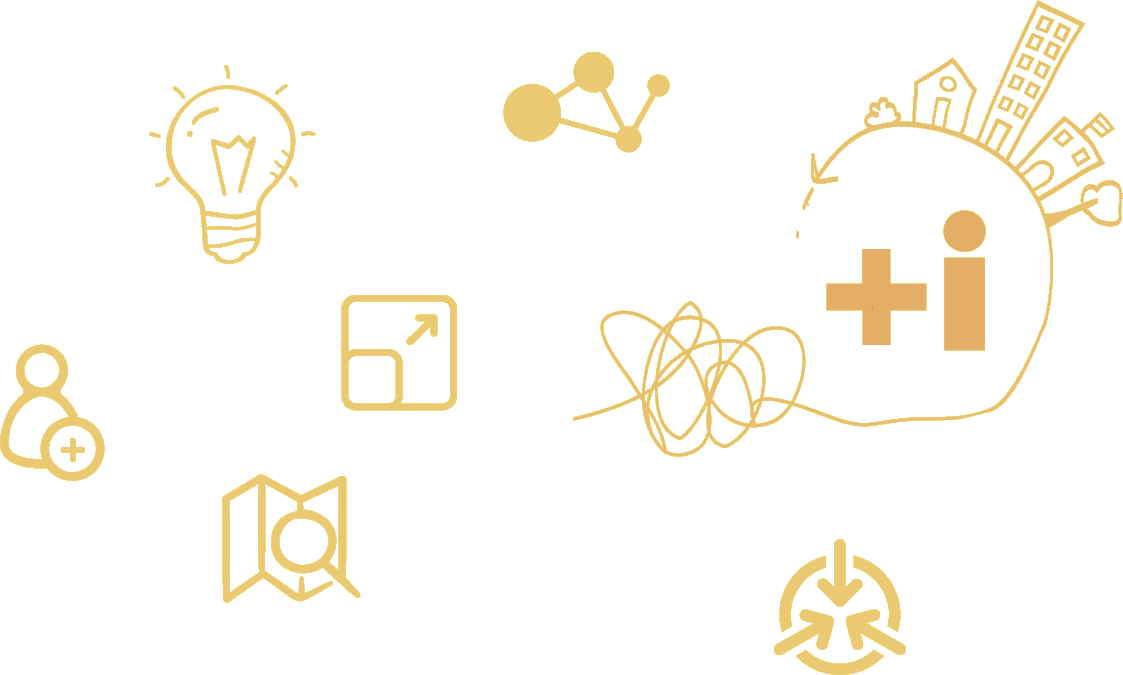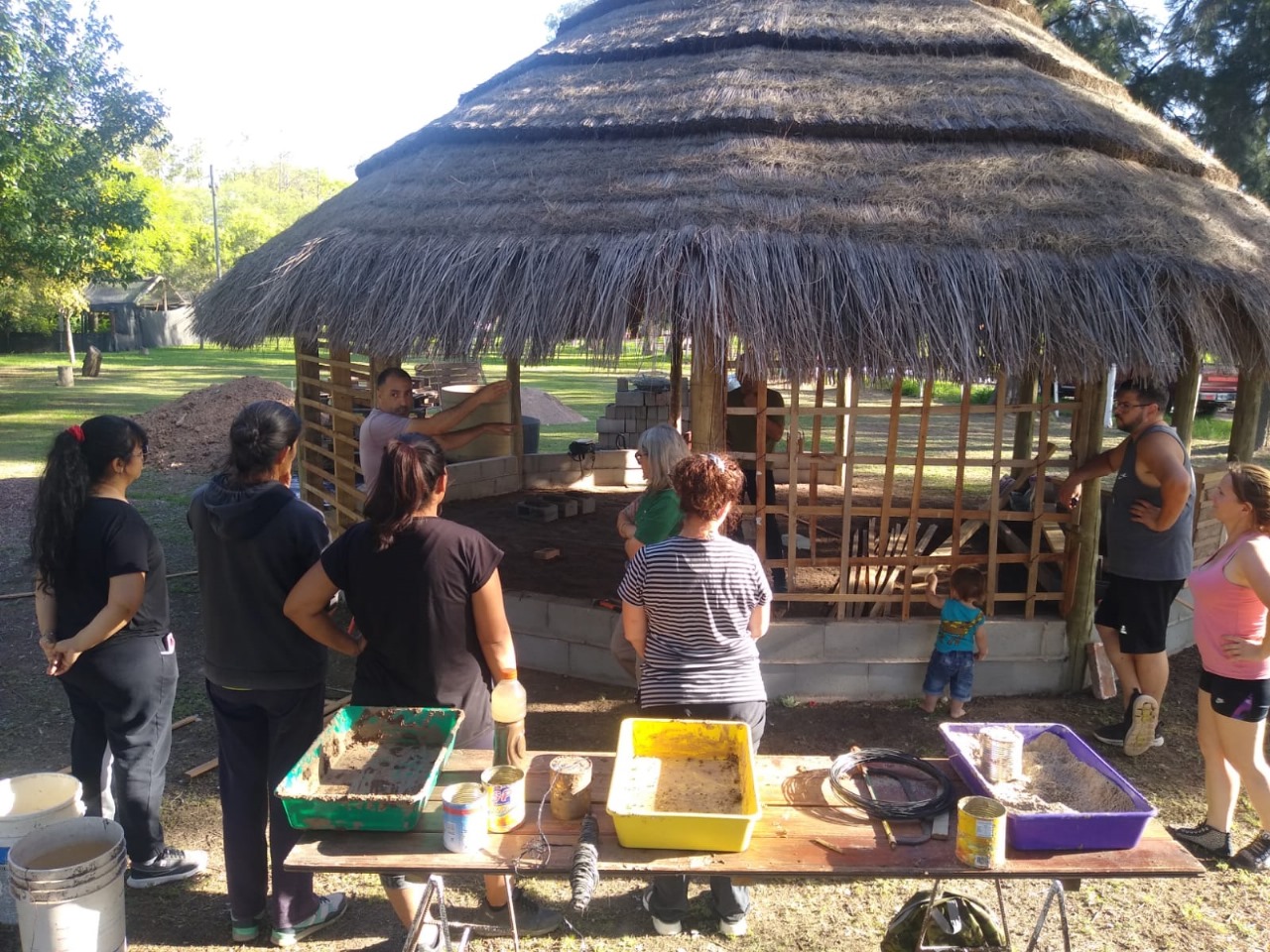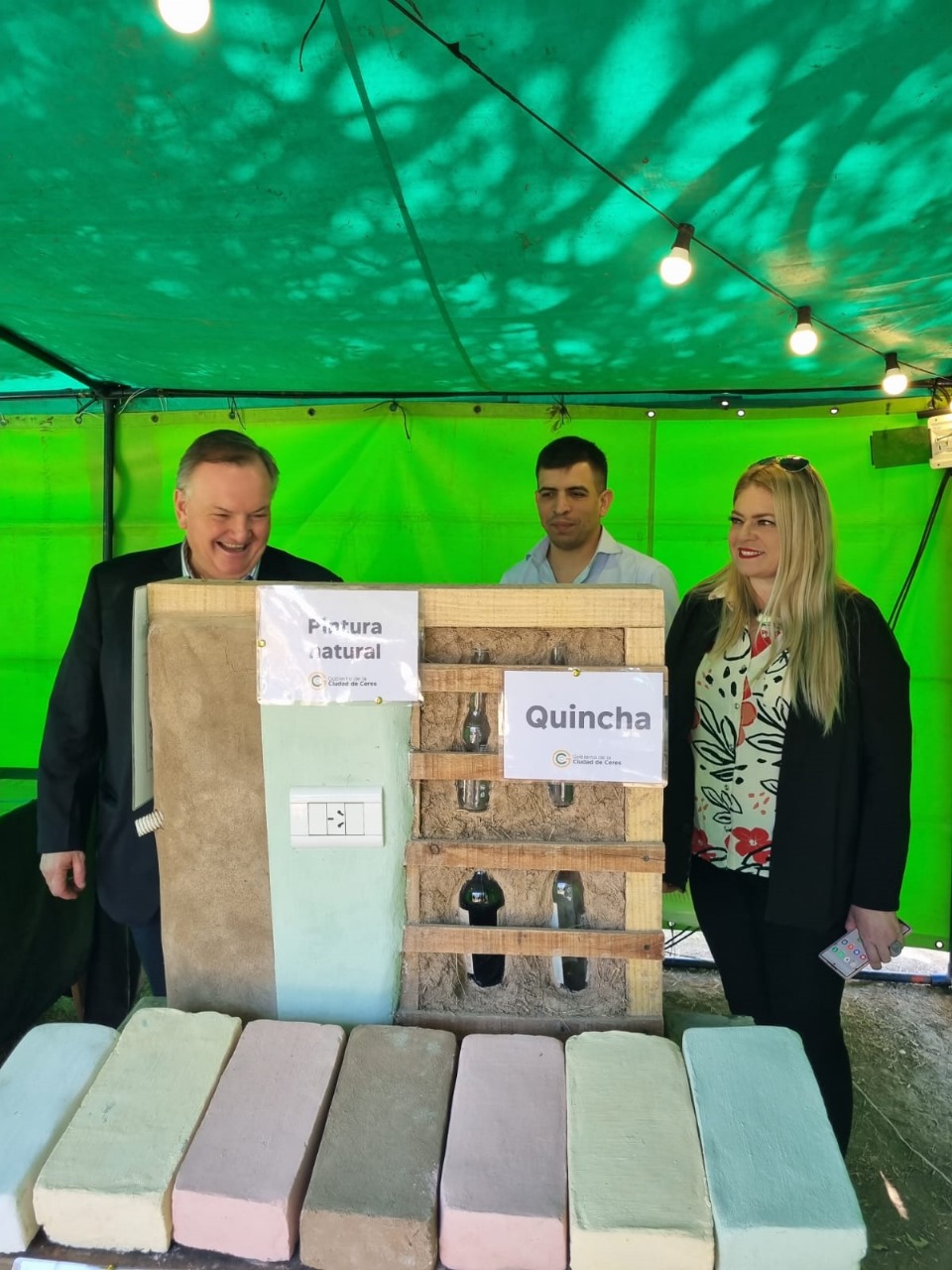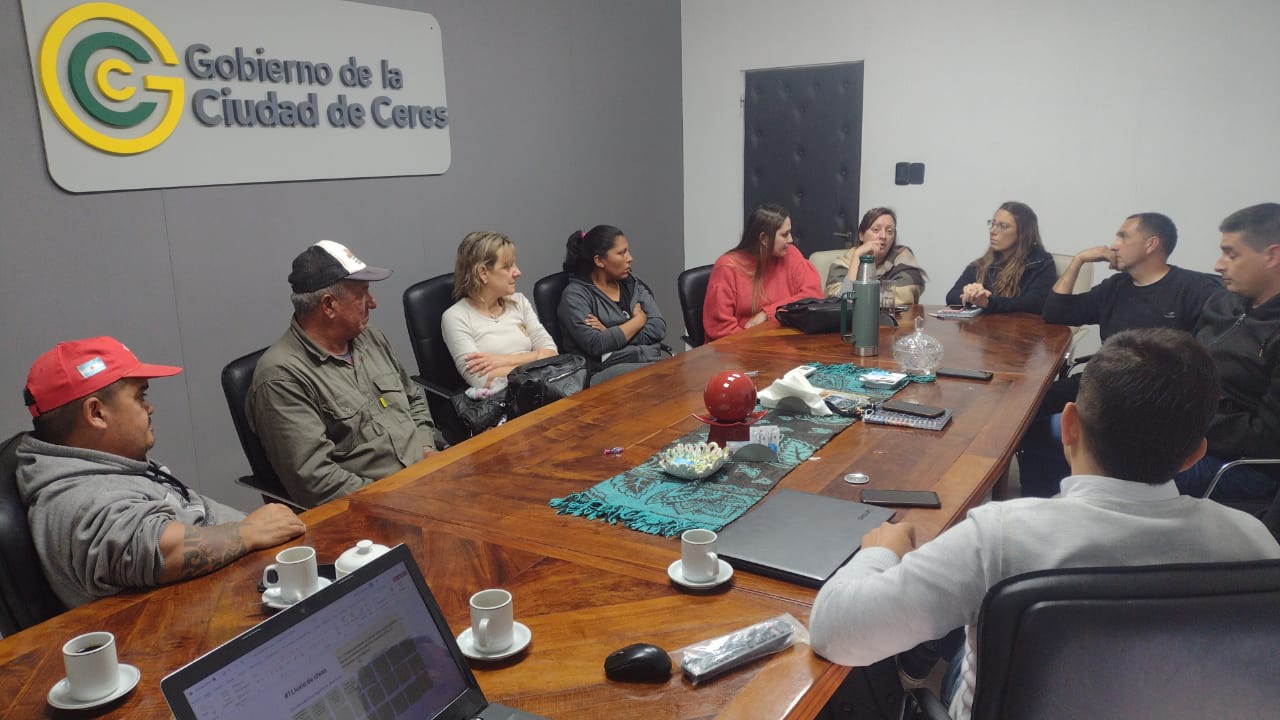Biopioneers: Bioconstruction for Habitat

Municipality
Category / Sub-Category / Topic
Urban Development and Habitat, living place
Type of investment needed
Grant
The challenge
The project
Know more...
Investment
(*): In kind/pro bonus
(**): Financing
Funds
Needed
Covered
Solicited
Investment
(*): In kind/pro bonus
(**): Financing
Materials to build 17 eco-houses of 58 m2(shell) (*) (**)
u$s 102000.00
u$s 0.00
u$s 102000.00
Materials to build 17 eco-houses (interior) (*) (**)
u$s 68000.00
u$s 0.00
u$s 68000.00
Tools for a mobile shed (*) (**)
u$s 5000.00
u$s 0.00
u$s 5000.00
17 lots (*)
u$s 425000.00
u$s 425000.00
u$s 0.00
Co-op staff training (*) (**)
u$s 5000.00
u$s 0.00
u$s 5000.00
Building of 17 eco-houses (labour) (*)
u$s 170000.00
u$s 170000.00
u$s 0.00
Co-op incorporation (*) (**)
u$s 600.00
u$s 0.00
u$s 600.00
Funds
Needed
Covered
Solicited
Materiales para construir 17 ecoviviendas de 58 m2 (carcasa) (*) (**)
u$s 102000.00
u$s 0.00
u$s 102000.00
Materiales para construir 17 ecoviviendas (interior) (*) (**)
u$s 68000.00
u$s 0.00
u$s 68000.00
Herramientas para equipamiento de taller móvil (*) (**)
u$s 5000.00
u$s 0.00
u$s 5000.00
10 lotes en barrios periféricos (*)
u$s 425000.00
u$s 425000.00
u$s 0.00
Funds
Needed
Covered
Solicited
Capacitación de equipo de cooperativa (*) (**)
u$s 5000.00
u$s 0.00
u$s 5000.00
Funds
Needed
Covered
Solicited
Mano de obra para construir 17 eco-viviendas (*)
u$s 170000.00
u$s 170000.00
u$s 0.00
Funds
Needed
Covered
Solicited
Constitución de Cooperativa (*) (**)
u$s 600.00
u$s 0.00
u$s 600.00




